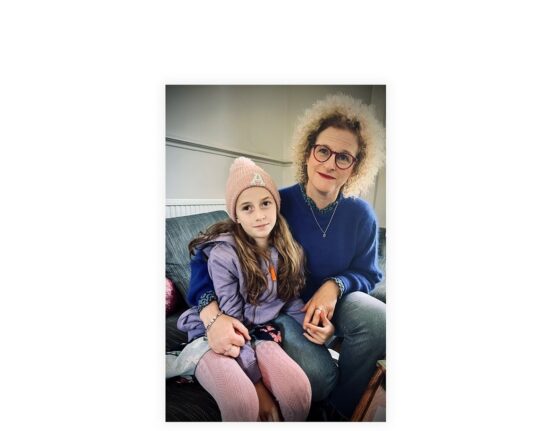Syrian American artist Diana Al-Hadid relishes working with her hands. Known for her melting figures and haunting sculptures that resemble abandoned, destroyed buildings, Al-Hadid has devoted her practice to exploring the wide gamut of industrial and sculptural materials that shape our world today: concrete, metals, fiberglass, paper, plaster, metal leaf, gypsum, and foam, to name a few.
“It’s important for me to get my hands in these things so that I know what I can do with them,” the New York–based artist told Artsy in an interview. “It’s not until I really understand how the material works, and its core DNA, strength, and purpose it has, that I can learn to manipulate it and I can find new creative possibilities through those materials.…When you understand their construction, it opens your eyes to the way that we put our world together.”
Her material and intellectual experimentation continues in her latest exhibition, “Women, Bronze, and Dangerous Things,” on view at Kasmin in New York until December 22nd. It is Al-Hadid’s debut solo show at the gallery since her representation by the gallery was announced in 2021, and comprises a selection of delicate drawings on mylar of mountains and caves, as well as spiky sculptural pieces. In addition, the show includes two headless bronze statues, based on the female body, on the roof of the Kasmin Sculpture Garden.
“A lot of the work that I make is prickly, sharp, and not friendly to touch. It’s not soft, warm, and cozy,” she said, referring to the aesthetic of her pieces. “But the process is not destructive, it is lovingly built up.…It’s two contradictory things at once: It looks fragile, but it’s actually pretty strong.”
In her practice, Al-Hadid has been deeply inspired by art history, especially mythological tales and protagonists from the Middle Ages in Europe and the Islamic world, which are then reinterpreted on a large scale.
In particular, Al-Hadid notes a specific theme that has captured her imagination: women in captivity. For example, The Bronze Chamber of Danae (2023) is a wall-based, rectangular work revealing traces of a ghostly pale chamber. The sculpture is inspired by the story of the Greek princess Danae, who was locked away in a bronze chamber by her father, after learning of a prophecy that he would be killed by her son. Other figures who feature in her work include snake-headed Medusa, and the Seven Sleepers, who escaped persecution by sleeping in a cave (located in modern-day Jordan) for hundreds of years.
A majority of the showcased works in the show were created over the past five years, during which the artist underwent personal and professional growth. She collected new material (in particular, “hundreds of plants”), and scoured Islamic manuscripts and miniature paintings in an eye-opening fellowship with the Smithsonian. This period of discovery also coincided with the artist embracing her own motherhood. “I found that I was now a middle-aged mother,” she said. “There are a lot of mother themes in this show, too. I take caves as a metaphor of motherhood. It’s essentially a womb, a place of shelter and security, and the birthplace of a lot of origin stories.”
Al-Hadid, who immigrated from her native Aleppo, Syria, to Ohio at the age of five, believes she “inherited” her dexterity from her mother, aunts, and grandmother. The latter was a seamstress, while her mother owned a flower shop. This is reflected in the Kasmin show in a small, personal installation, Warda (2023), named after the iconic Algerian singer Warda Al-Jazairia, whose songs of love and longing permeated the homes of Arab communities everywhere.
Made of bronze, the work is a visual representation of a plain and lonesome rootbound plant. There’s a somber yet delicate element to the work, where numerous pointy stems overtake the plant. In Arabic, warda means “flower,” and the type that Al-Hadid had in mind is the white jasmine, Syria’s national flower.
Al-Hadid noted that her cultural roots in Syria are “just so woven into the fabric of who I am.” And yet the piece addresses the immigrant experience as a whole, too: “When you’re removed from your native land, you’re being replanted into new soil and you have to find a new path to grow,” she said.





